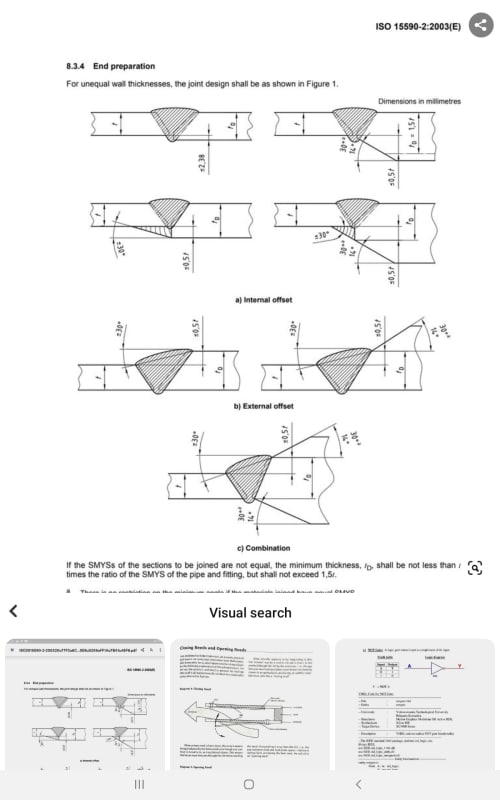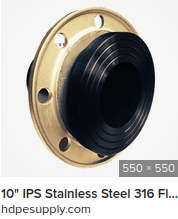Hello everyone,
I'm new here and appreciate your advice on the following issue:
What would be the mating tolerance between the suction/discharge pipe size and the pump's inlet nozzle? In my case, I'll pump water with a single-stage volute casing pump (Qmax = 72 m3/h). The inner diameter of the suction pipe would be 110.8 mm, followed by a reducer leading to a final inner diameter of 97.4 mm. At the pump size, the diameter of the suction nozzle is 100 mm. Would this be acceptable?
It's possible to slightly enlarge the end of the suction pipe from 97.4 to 100 mm, but I'm afraid that the flow uniformity reaching the impeller (nominal diameter = 155 mm) will also be affected. Could you please share your thoughts?
Many thanks in advance for your helpful feedback.
I'm new here and appreciate your advice on the following issue:
What would be the mating tolerance between the suction/discharge pipe size and the pump's inlet nozzle? In my case, I'll pump water with a single-stage volute casing pump (Qmax = 72 m3/h). The inner diameter of the suction pipe would be 110.8 mm, followed by a reducer leading to a final inner diameter of 97.4 mm. At the pump size, the diameter of the suction nozzle is 100 mm. Would this be acceptable?
It's possible to slightly enlarge the end of the suction pipe from 97.4 to 100 mm, but I'm afraid that the flow uniformity reaching the impeller (nominal diameter = 155 mm) will also be affected. Could you please share your thoughts?
Many thanks in advance for your helpful feedback.



